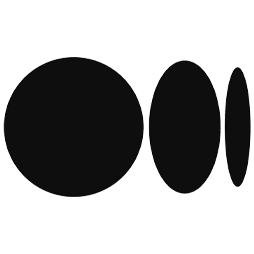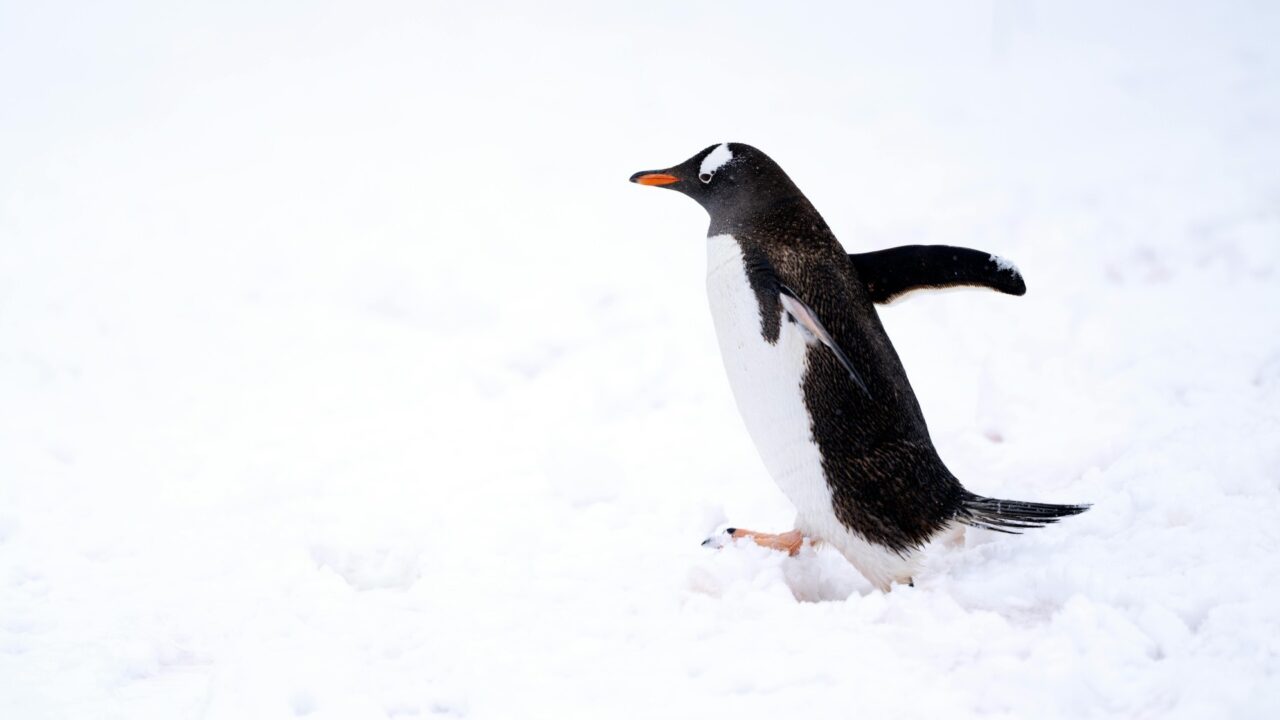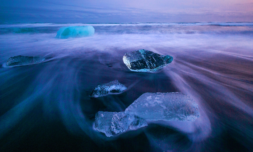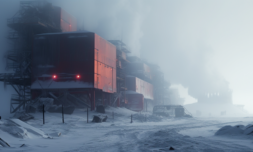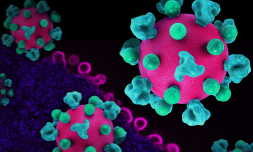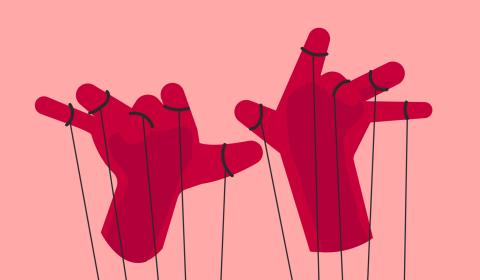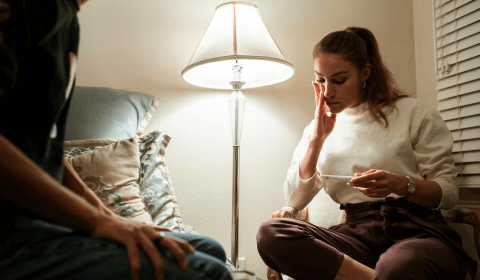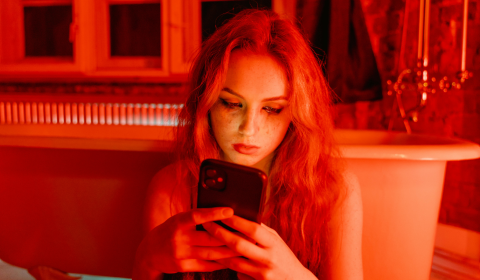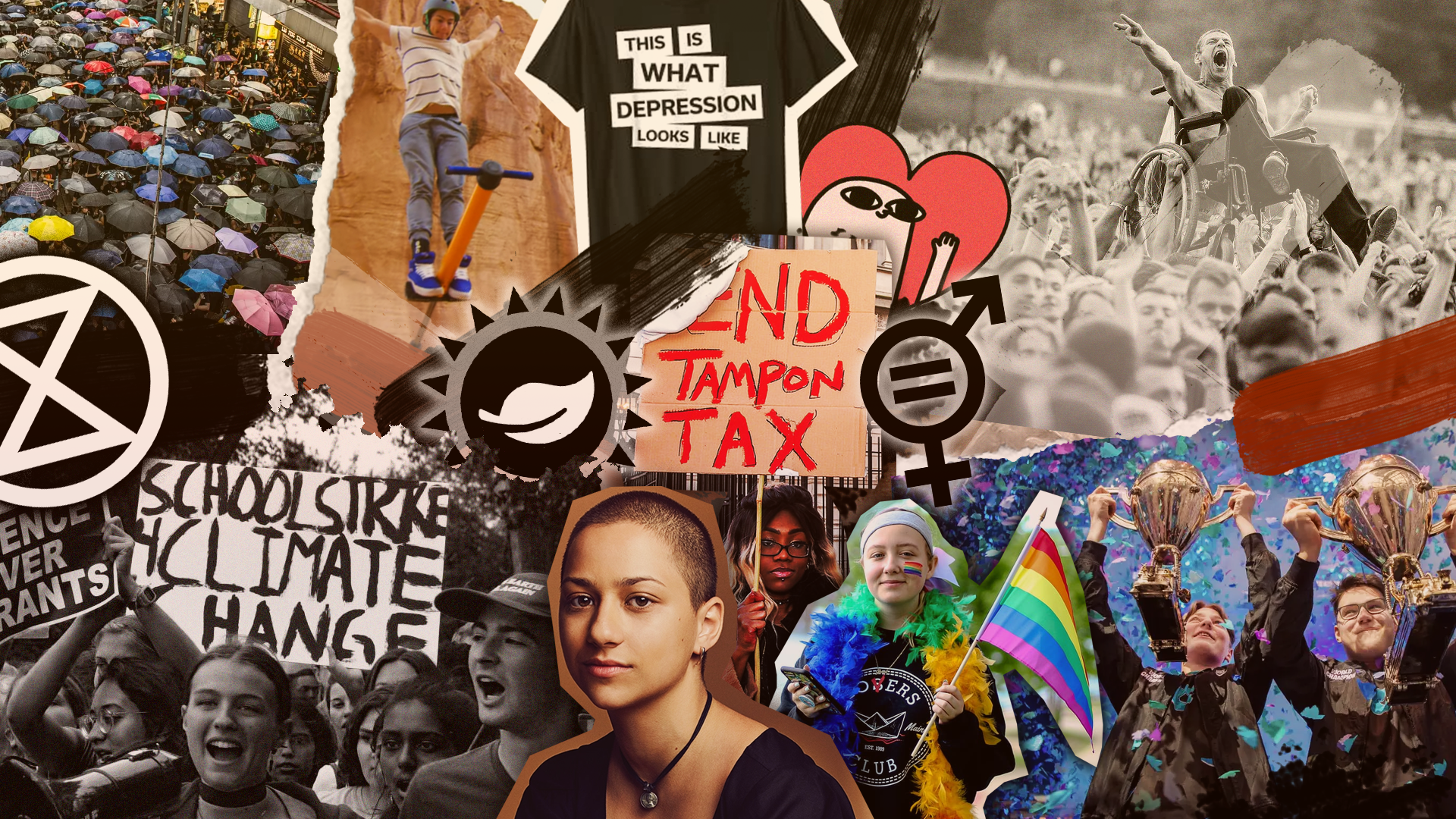The hole in the Earth’s ozone layer is remaining open for longer periods than previously observed. This is exposing penguins, seals, and other animals to heightened levels of harmful UV radiation.
We know that temperatures are rising.
We also know that summer months are becoming warmer and will continue to do so until we phase out fossil fuels and drastically reduce emissions.
For humans, while the impacts of extreme heat can be disastrous, we don’t have to worry too much about sunburn, thanks to the numerous steps we can take – from staying in the shade to lathering ourselves top-to-bottom in cream – to prevent our skin from sizzling to a crisp.
Animals, however, aren’t so lucky.
I know what you’re thinking; does sunburn even affect animals? Don’t they have fur, feathers, shells, or scales to protect them from harmful UV radiation?
A new study reveals that penguins, seals, and other wildlife in Antarctica are just as much at risk as we are.
This is because the Earth’s ozone layer – the atmospheric barrier between us and the Sun – still has a massive hole in it, despite scientists claiming a full recovery could be on the cards within the next half-century.
Whether or not that happens, the current situation remains pretty bad, especially at the South Pole, where the gap sits above.
Increasing heat passing through it is causing pollutants that used to be confined to the snow and ice to find pathways to circulate the environment and challenge its ecology.
The ozone’s hole is also exposing animals to high-energy rays that can damage their cells. Hence the sunburn.







